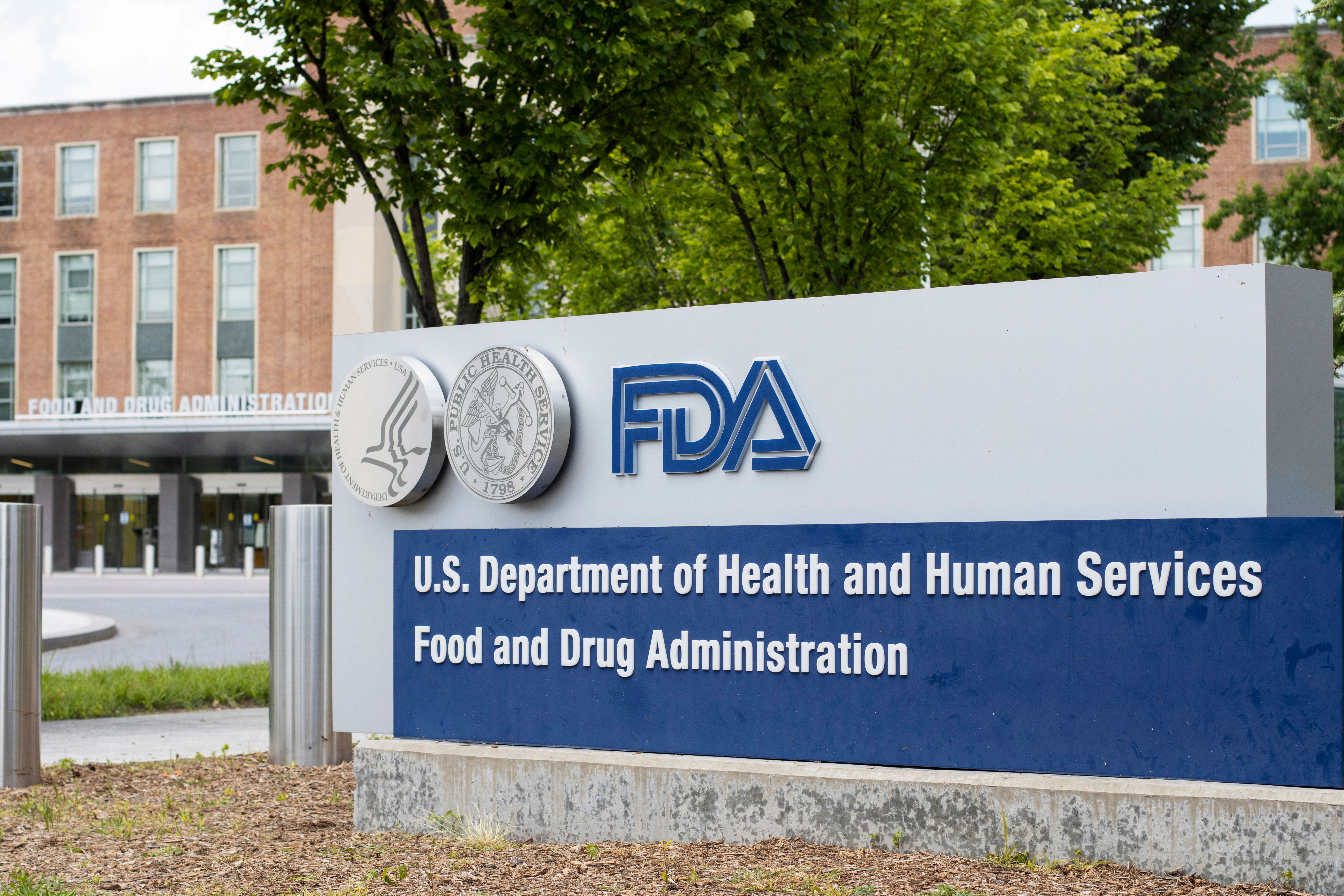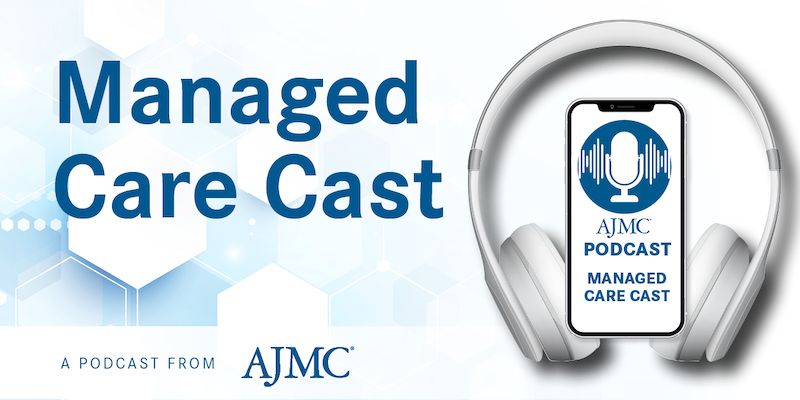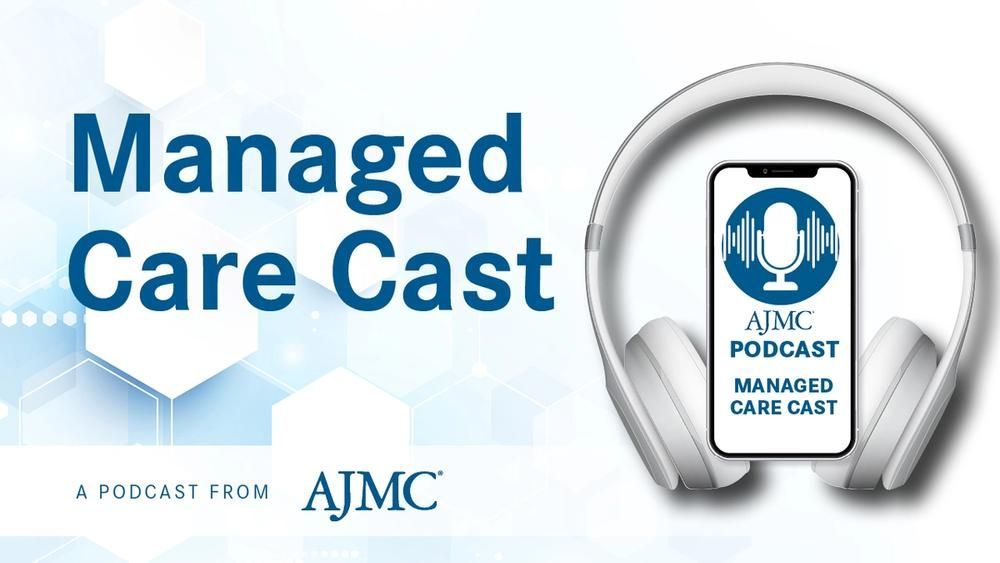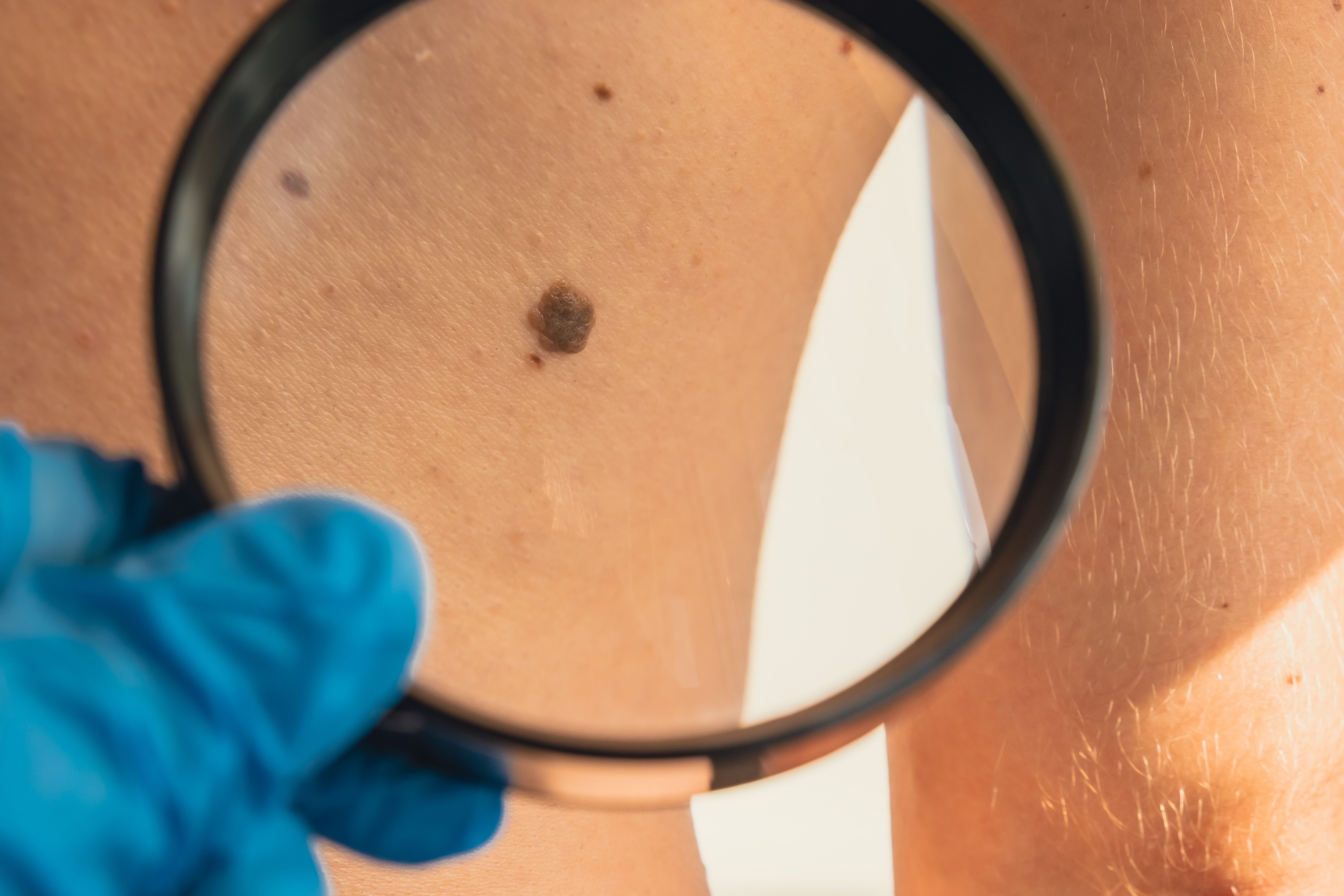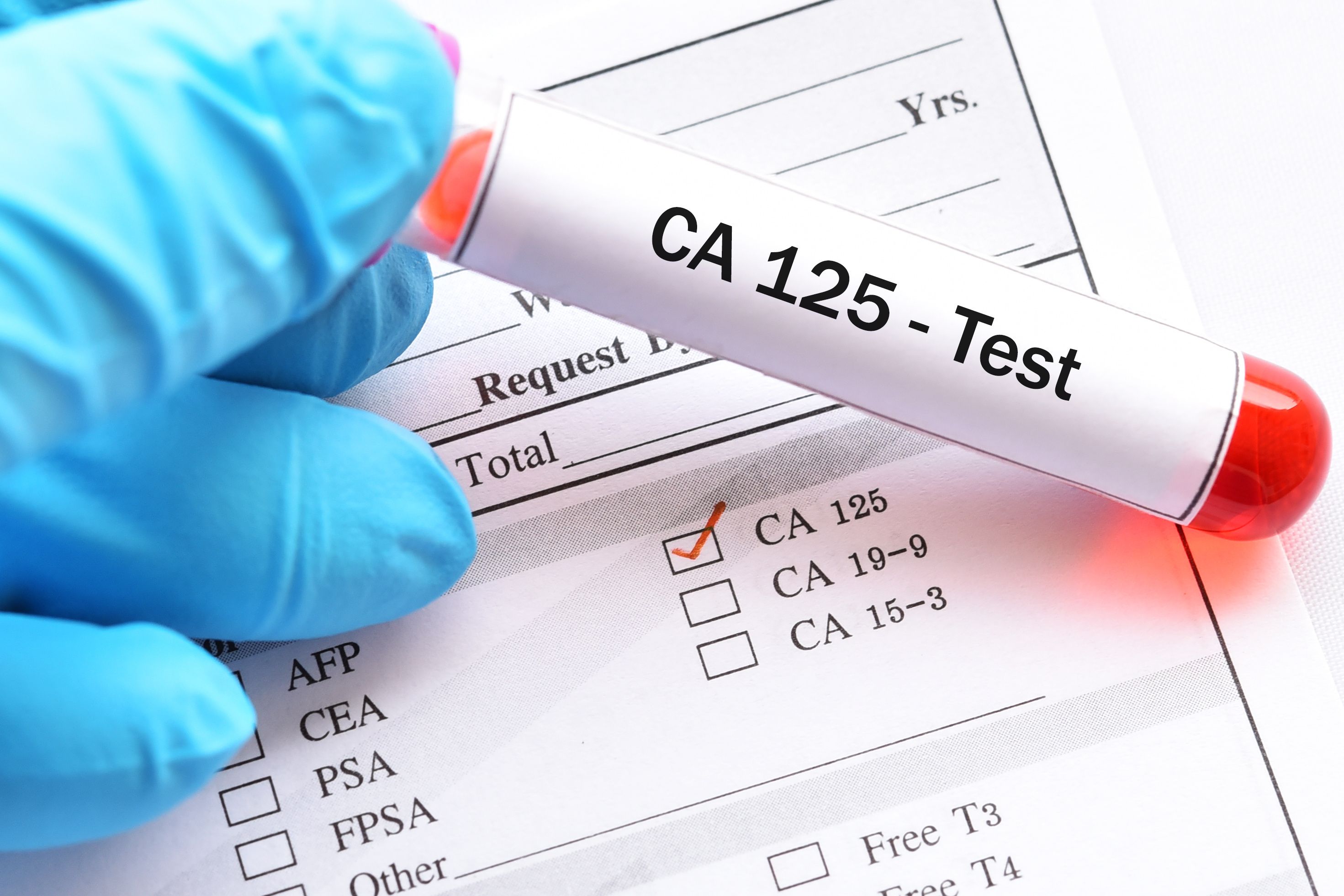News
Article
FDA Approves Fitusiran for Reducing Bleeds in Patients With Hemophilia A/B
Author(s):
Data from the ATLAS research comprises a series of trials that have yielded years of long-term, comprehensive data on the safety and efficacy of fitusiran (Qfitlia; Sanofi).
Image credit: MargJohnsonVA - stock.adobe.com
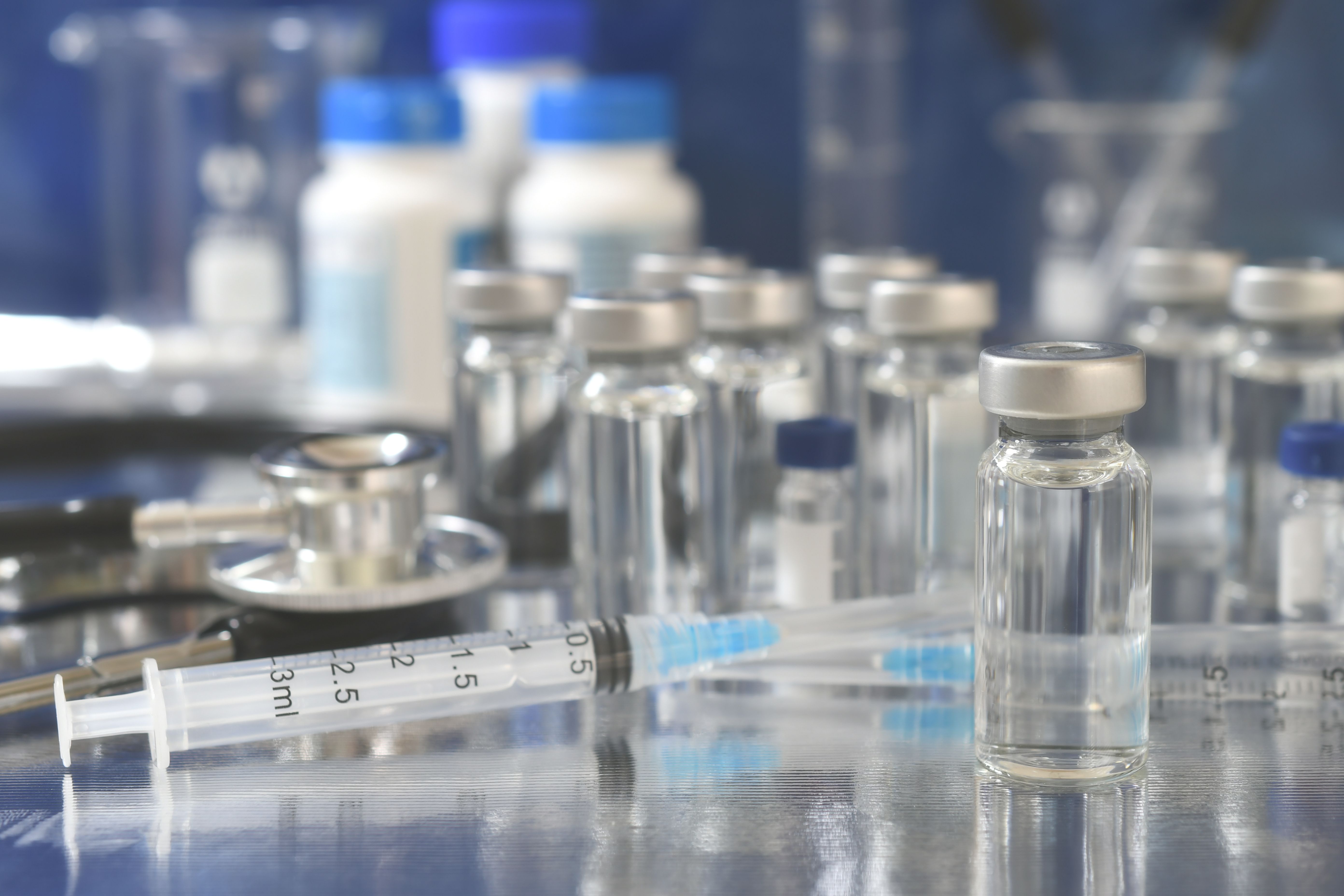
Fitusiran (Qfitlia; Sanofi) was approved by the FDA as a subcutaneous prophylaxis for patients with hemophilia A or B with or without factor VIII or IX inhibitors.1 The interference RNA therapeutic demonstrated low bleed rates across patient subgroups with as few as 6 injections a year in the phase 3 trials submitted with the new drug application.
“Today’s approval of Qfitlia is significant for patients with hemophilia because it can be administered less frequently than other existing options,” Tanya Wroblewski, MD, deputy director of the Division of Non-Malignant Hematology in the FDA’s Center for Drug Evaluation and Research, said in a statement. “This new treatment option highlights our continued efforts to improve the lives of patients with hemophilia.”
The ATLAS research is comprised of a series of trials that have yielded years of long-term, comprehensive data on safety and efficacy.2
Data from a pair of the phase 3 ATLAS clinical trials involving 177 male patients with hemophilia A or B showed significant reductions in annualized bleeding rates (ABR) with subcutaneous administration of fitusiran once every 2 months, with the dosage and frequency adjusted using the FDA-cleared INNOVANCE Antithrombin diagnostic test. The test, developed by Siemens Healthcare Diagnostics GmbH, ensures antithrombin levels are maintained in a target range to balance clotting efficacy and safety.
One trial included patients with inhibitory antibodies who had previously used bypassing agents for on-demand treatment, while the second trial focused on patients without inhibitors who had been treated on-demand with clotting factor concentrates. In both trials, patients received either a fixed monthly dose of fitusiran, which was ultimately not approved due to the risk of excessive clotting, or they continued their on-demand treatment for a duration of 9 months.
Among those without inhibitors, fitusiran reduced ABR by 71%, with an estimated mean ABR of 9.0 vs 31.4 in those treated with clotting factor concentrates (P < .0001). Among participants with inhibitors, fitusiran reduced ABR by 73%, with an estimated mean ABR of 5.1 vs. 19.1 in those treated with an on-demand bypassing agent (P = .0006).
The median observed ABR was 3.8 (IQR, 0.0–11.2), while those with inhibitors had a lower median ABR of 1.9 (IQR, 0.0–5.6). When looking specifically at spontaneous bleeds, the median annualized spontaneous bleeding rate was the same for both groups at 1.9 (without inhibitors: IQR, 0.0–7.5; with inhibitors: IQR, 0.0–3.7). Notably, nearly half of all participants in the extension study experienced 1 or fewer bleeds, with 31% reporting no bleeds and 47% experiencing 0–1 bleeds during the study period.
These data suggest that fitusiran, when dosed based on antithrombin levels, can offer a high degree of bleed protection, even in patients historically more difficult to treat due to inhibitors, according to a statement from Sanofi.
However, risks were acknowledged; the treatment carries a boxed warning for potentially serious adverse reactions, including thrombotic events, acute and recurrent gallbladder disease, and hepatotoxicity. An additional warning noted liver toxicity and the need to monitor liver blood tests at baseline and monthly for at least 6 months after initiating therapy. The most commonly reported side effects—occurring in more than 10% of patients—were viral infections, nasopharyngitis, and bacterial infections.
“Qfitlia delivers the fewest doses of any prophylactic therapy in hemophilia, and its unique mechanism allows it to be used to treat all types of hemophilia, including with inhibitors and hemophilia B, where unmet medical needs remain," ATLAS investigator Guy Young, MD, director of Hemostasis and Thrombosis Center at Children's Hospital, said in the statement. "By targeting antithrombin, which can be reliably measured with an FDA-cleared blood assay, Qfitlia is proven to help rebalance hemostasis and improve bleed rates and protection.”
The fitusiran approval comes just months after the FDA approved concizumab-mtci (Alhemo; Novo Nordisk) as the first subcutaneous prophylaxis for hemophilia A and B with inhibitors.3
Additional reporting by Laura Joszt, MA.
References
1. FDA approves novel treatment for hemophilia A or B, with or without factor inhibitors. FDA. News release. March 28, 2025. Accessed March 28, 2025. https://www.fda.gov/news-events/press-announcements/fda-approves-novel-treatment-hemophilia-or-b-or-without-factor-inhibitors
2. Press release: Qfitlia approved as the first therapy in the US to treat hemophilia A or B with or without inhibitors. Sanofi. News release. March 28, 2025. Accessed March 28, 2025. https://www.sanofi.com/en/media-room/press-releases/2025/2025-03-28-20-07-38-3051637
3. Grossi G. First subcutaneous prophylaxis for hemophilia A and B with inhibitors approved by FDA. AJMC®. December 23, 2024. Accessed March 28, 2025. https://www.ajmc.com/view/first-subcutaneous-prophylaxis-for-hemophilia-a-and-b-with-inhibitors-approved-by-fda
